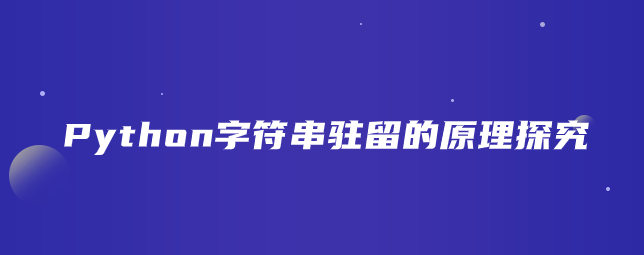
Python字符串驻留的原理说明
在CPython中,字符串引用由一个名为interned的Python字典存储、访问和管理。当第一次调用常驻字符串时,字典被延迟初始化,并保存对所有常驻字符串对象的引用。
Python字符串驻留的原理实例
负责常驻字符串的核心函数是PyUnicode_InternInPlace,它是在unicodeobject.c中定义的,调用时会创建一个interned的字典来容纳所有常驻字符串,然后在参数中注册对象,使它们的键和值使用相同的对象引用。
以下函数片段显示了 Python 实现字符串驻留的过程。
void
PyUnicode_InternInPlace(PyObject **p)
{
PyObject *s = *p;
.........
// Lazily build the dictionary to hold interned Strings
if (interned == NULL) {
interned = PyDict_New();
if (interned == NULL) {
PyErr_Clear();
return;
}
}
PyObject *t;
// Make an entry to the interned dictionary for the
// given object
t = PyDict_SetDefault(interned, s, s);
.........
// The two references in interned dict (key and value) are
// not counted by refcnt.
// unicode_dealloc() and _PyUnicode_ClearInterned() take
// care of this.
Py_SET_REFCNT(s, Py_REFCNT(s) - 2);
// Set the state of the string to be INTERNED
_PyUnicode_STATE(s).interned = SSTATE_INTERNED_MORTAL;
}
以上就是Python字符串驻留的原理探究,希望能对大家有所帮助。
神龙|纯净稳定代理IP免费测试>>>>>>>>天启|企业级代理IP免费测试>>>>>>>>IPIPGO|全球住宅代理IP免费测试





